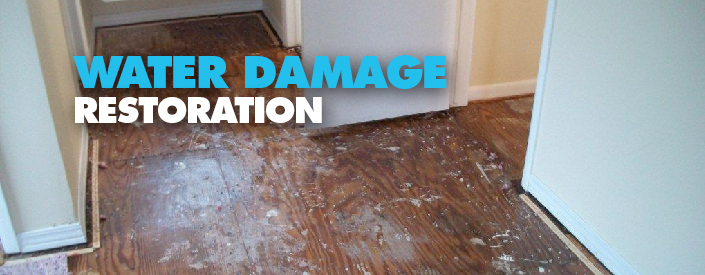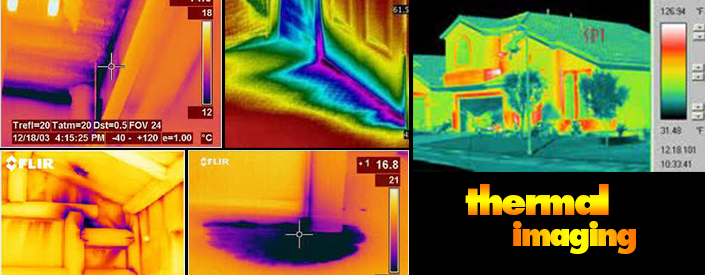Thermal Imaging Roof Inspections
Thermography
Thermography, also referred to as infrared, has a long history, although its use has increased dramatically with the commercial and industrial applications of the past fifty years. Firefighters use thermography to see through smoke, to find persons, and to localize the base of a fire. Maintenance technicians use thermography to locate overheating joints and sections of power lines, which are a sign of impending failure. Building Construction technicians can see thermal signatures that indicate heat leaks in faulty thermal insulation and can use the results to improve the efficiency of heating and air-conditioning units. Think about it like an X-Ray. An X Ray will show a doctor a limited amount of information on the surface, however if they want to dig deeper they will order an MRI. The MRI helps the doctor see what he cannot in an X Ray. At Flo-Dell Exterior Restoration we use the latest thermal imaging equipment and technology to look under the hood of your home or commercial building.
What will it detect?
Moisture Contamination is the leading cause to premature structure failure. With thermal imaging we can find the problem before it finds you. It’s like a roof leak, you’re not in the attic or on the roof everyday so normally you don’t discover a leak until the ceiling decides to give way. At this point the damage is done. With thermal imaging Flo-Dell Exterior Restoration can inspect and evaluate commercial buildings, condos, houses, and plant facilities for moisture damage through roofs, walls, and even the foundation before they lead to serious and costly repairs.
How does a Thermal Inspection Work
A thermal imaging roof inspection utilizing infrared technology applies the principal of differential heat. The different materials that make up the entire roof have different thermal mass. In the daytime, the sun heats the roof structure. After the sun sets, the roof begins to cool. If there is a leak in the roof or the roof membrane, the insulation inside the roof will become wet. The wet insulation has a higher thermal mass than the rest of the “dry” roof structure. As a result of this difference, the “wet” areas will maintain heat energy longer than other areas providing the infrared inspector with a clear picture of the damaged area. The temperature difference between damaged and “dry” roof is very small (typically 2-4 degrees). Because of this, it is important that you have an experienced Flo-Dell Exterior Restoration field representative perform your inspection.
Flat Roof Inspections
Flat roof IR inspections are meant to detect early moisture damage in roofing insulation. The leading causes of roof failure are age and often-improper installation. Infrared thermography looks under the hood and inspects the structure before it decides to reveal it’s hidden issues. An IR inspection is definitely a maintenance requirement for large commercial structures that should be applied annually or at minimum semi-annually. How often is determined mainly by the age of a roof once it has passed a pre inspection after the date of original install. Thermography is a non-contact testing method allowing aerial inspections on large roofing structures.
How Can It Save Me Money
Of the millions of square footage of flat roof installed across the country, an estimated 42% will develop problems within the first year of service. The average life span of a flat roof is seven years due to improper installation. Flat roofing properly installed has the ability to last up to 20 years in the right climate. An infrared inspection uncovering moisture contamination will far exceed any inspection cost that may apply.
Schedule an IR inspection of your home our commercial building today by Calling Flo-Dell Exterior Restoration (508) 581-9300!
Flo-Dell Exterior Restorations pride ourselves on being On Site… On Point… and On Your Side!





